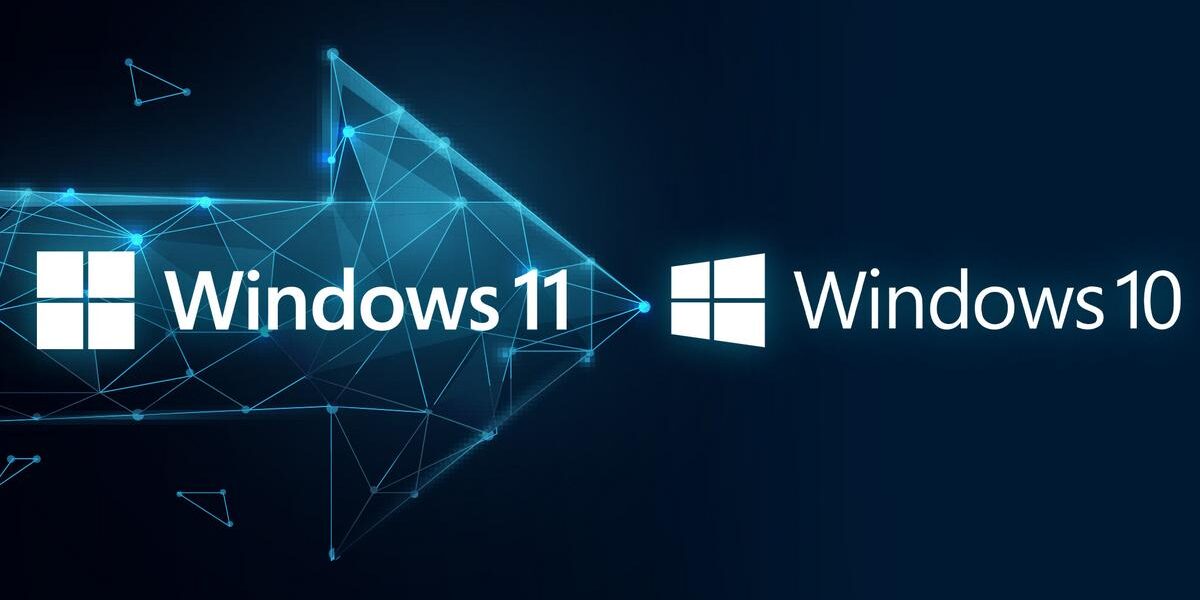Jak przywrócić funkcjonalność Windows 10 w Windows 11? To łatwiejsze niż myślisz
Windows 11 – in terms of technology and substructure – is similar to Windows 10. The current OS does some things differently, so the new name of the operating system seems justified. Windows 11 is more than just an update to the “ten” features, requiring users to face a major revolution and change their habits. While most of them welcome the advantages, such as higher performance, some struggle with the many changes in the way the operating system functions. It’s a bit reminiscent of the situation with Windows 8: In terms of handling, Microsoft tried to reinvent the wheel. With the advent of Windows 11, some interface elements, such as tiles and the ribbon in Windows Explorer, have become history. Not all users are pleased with this, as the ribbon interface had its fans. Fortunately, tools and registry modifications have emerged to help restore the missing functionality. Imagine this: You update the operating system to Windows 11 or do a clean install and enjoy its enhancements, but you do not agree with the changes you don’t like. This is precisely what the free Winaero Tweaker tool enables in configuring Windows. With a single mouse click, hidden settings that we want to activate are indicated. This eliminates the need for manual intervention in the system registry, making the procedure safer for those who are unfamiliar with it. Keep in mind that Winaero Tweaker does not completely restore the graphic user interface of Windows 10. Winaero Tweaker has long supported Windows 11, and its creator continues to release new versions of the program. In the rest of the article, we will explain how to restore the ribbon in Windows Explorer, the taskbar with all the important context menu options, and the volume and date dialog in the taskbar notification area using Winaero Tweaker. The file manager of the Windows 11 operating system has been stripped of the ribbon interface that displayed large function buttons. Instead, there are buttons at the top that perform file operations such as “New”, “Cut”, and “Copy”. The last two options are not labeled; their explanation is displayed as a tooltip when hovered over. The ribbon was more understandable. Ribbon enthusiasts can restore it again using the Winaero Tweaker program. After launching the tool, navigate to the “Enable Ribbon” subcategory in the “Windows 11” branch. Then, simply check the option “Enable the Ribbon UI in File Explorer” and click the “Restart Explorer” button to apply the change. It creates the subkey {d93ed569-3b3e-4bff-8355-3c44f6a52bb5} in the registry key HKCU\Software\Classes\CLSID. After installing ExplorerPatcher, right-click the taskbar and select “Properties”. In the displayed window, click on “File Explorer”, “Control Interface*: Windows 11 Command Bar (default)”, and select “Windows 10 Ribbon”. StartAllBack provides a different way to display the ribbon: It is not consistent with the original Windows 8(.1)/10 style, but it is more elaborate and pleasant. Right-click the taskbar and select “Properties”. Go to “Explorer” and check “Win10 Ribbon UI”. The taskbar of the Windows 11 operating system appears “neutered”: Initially, the context menu contained only one command to access “Taskbar settings”. Through an update, a second command “Task Manager” was added. The range of functions is exceptionally modest – incomparable to the variety offered by Windows 10 and its predecessors. Winaero Tweaker comes to the rescue. In the application, go to “Classic Taskbar” under “Windows 11”. Now select the option “Enable Classic Taskbar” and click on “Sign out now”. When you log back into your user account, the taskbar icons will no longer be centered but aligned to the left. This also applies to the Start button, which will now resemble Windows 10. Unfortunately, the Start button and the taskbar icons for search and virtual desktops no longer work. In our test, both applications revived the Start button and the Windows key. The taskbar in Winaero Tweaker is largely convincing: In its context menu, you will find items you are familiar with from Windows 10. There are a handful of marginal cosmetic improvements: It’s worth reinstalling the clock display and the volume, network, and power icons (notebook battery indicator) in the notification area of the taskbar. The aforementioned content was lost after displaying the taskbar in Windows 10. In Winaero Tweaker, under “Windows 11 > Classic Taskbar,” click on “Enable system icons”. Now, set “On” for each item in the system icon window. Similar to Windows 7, in Windows 11, you can move the icons in the notification area on the taskbar. Since Windows 10 1607 (Anniversary Update), it has been possible to extend the clock display in the notification area to show seconds by adding a registry entry. However, if the taskbar of Windows 10 has been revived as described above, this can be done via the keyboard shortcut Windows + R and the following command: *cmd /k reg add “HKEY_CURRENT_USER\SOFTWARE\Microsoft\Windows\CurrentVersion\Explorer\Advanced” /v ShowSecondsInSystemClock /t reg_dword /d 0x1 /f&taskkill /im explorer.exe /f&start explorer.exe&exit*
